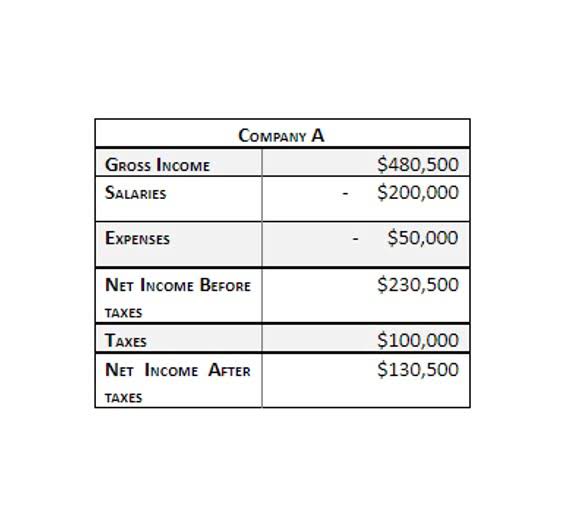Single-Step vs Multi-Step Income Statement: A Guide for Small Business to Step into Accounting Success

It starts with the top line, or total revenues, and subtracts various costs and expenses to arrive at the bottom line, or net income, revealing how much the company earned or lost in the period. Preparing a multi-step income statement may seem more complex, but it offers single step vs multi step income statement a detailed landscape of a company’s financial performance. This method separates operating and non-operating activities, providing a clear view of the company’s core operations versus other profit or loss sources.
- A single-step income statement and a multi-step income statement differ in the amount of categorizing of financial information found on the report.
- Implement our API within your platform to provide your clients with accounting services.
- Where a single-step income statement shows Revenue and Expenses, a multi-step income statement adds additional information.
- Gross profit, a fundamental component of the multi-step income statement, is calculated by subtracting the cost of goods sold from the total revenue.
- We handle the hard part of finding the right tax professional by matching you with a Pro who has the right experience to meet your unique needs and will handle filing taxes for you.
- Subsequently, operating expenses are deducted from the gross profit to calculate the operating income, representing the profit generated from the core business operations.
- Understanding the costs incurred to generate revenue is crucial in small business finance.
Company
The single-step income statement offers a straightforward journey on one path, simplifying calculating a company’s net income in one fell swoop. This direct route focuses on the bottom line without detouring into the operational specifics that generate the numbers. In practice, a small bookstore or a freelance graphic designer would find assets = liabilities + equity the single-step income statement adequate for their financial reporting, as it efficiently presents their overall financial performance with minimal complexity. In contrast, a multi-step income statement uses three steps to compute the net income and separates the non-operational and operational revenues and expenses. Income statements are important because they offer a snapshot of business performance within a specified reporting period.

Evaluating Viability and Bottom Line Impact in Small Business Finance
The choice between single-step and multi-step income statements significantly affects how stakeholders understand a company’s financial health. When it comes to preparing an income statement, companies have the option of using a multi-step income statement or a single-step income statement. The income statement comprehensively overviews a company’s operating income, expenses, and overall financial performance.
- Overcoming these challenges is crucial as the accurate preparation of the income statement significantly impacts the financial reporting, influencing the decisions made by the stakeholders and potential investors.
- Single-step income statements calculate the business’s net income by subtracting losses and expenses from gains and revenue.
- This method separates operating and non-operating activities, providing a clear view of the company’s core operations versus other profit or loss sources.
- This format includes several sections and subtotals, allowing for a more comprehensive company performance analysis than a single-step income statement.
- Starting a nonprofit can be a fulfilling way to make a difference in the community, but it requires careful planning and consideration.
What is the Accounting Equation?
A single-step income statement offers a simplified snapshot of a company’s revenue and expenses. This straightforward document conveys a company’s revenue, expenses, and bottom-line net income. All revenues and gains are totaled at the top of the statement; all Certified Bookkeeper expenses and losses are totaled at the bottom of the statement.


An income statement, also known as a profit and loss statement, is a financial document that reports a company’s financial performance over a specific accounting period. It details the revenues, expenses, gains, and losses to show the net profit or loss incurred by the company. The primary purpose of the income statement is to provide stakeholders with a clear view of the company’s profitability and operational efficiency. It breaks down various sources of income and categories of expenses, helping to illustrate how the company generates its earnings and spends its resources.
